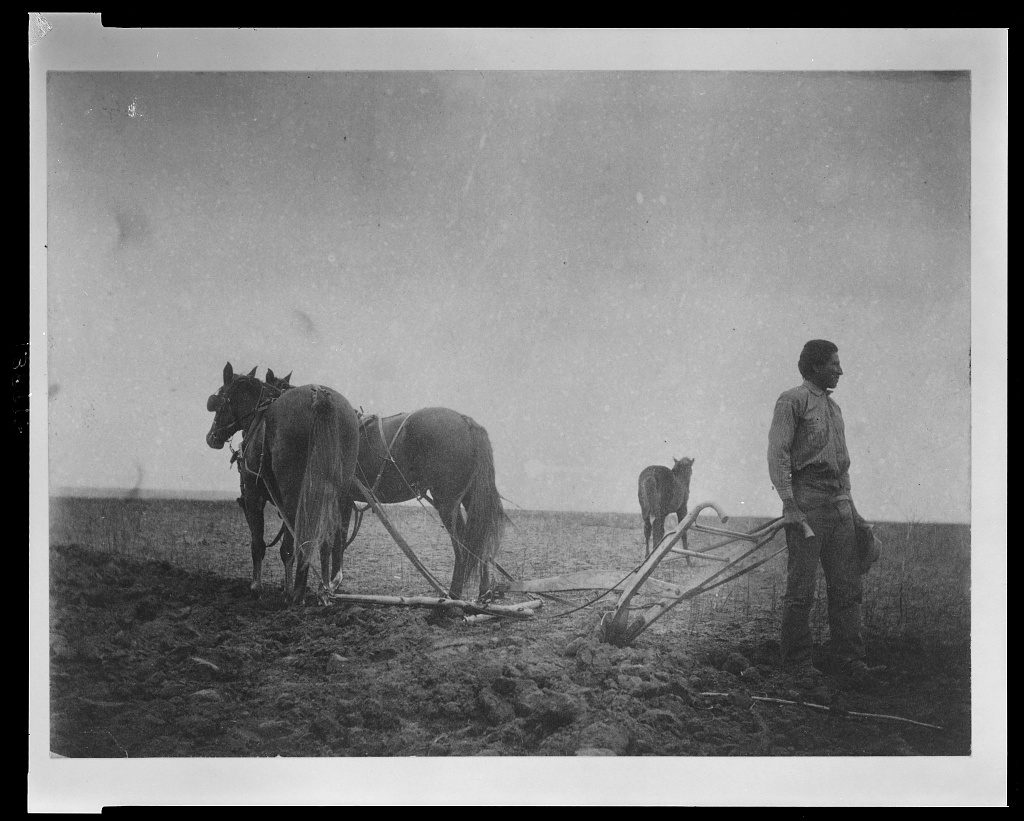
Frances Benjamin Johnston photographed a Native American man standing in field with horse-drawn plow, while attending Hampton Normal and Agricultural Institute, Hampton, Virginia. Circa 1900. Retrieved from the Library of Congress Prints and Photographs Division.
This Native American History Month, we’re committed to honoring the story of Virginia’s indigenous population.
Native American history in Virginia dates farther back than 1607 when colonists first touched down in the commonwealth. In fact, evidence of native cultures in America spans back tens of thousands of years.
At around the same time the Jamestown settlers arrived, the Algonquians lived along the coast, the Siouan settled in the Piedmont region, and the Iroquoian resided near the state’s center.
From these language groups came many unique tribes. In Virginia, there are 11 recognized Native American tribes: The Cheroenhaka, Nottoway, Patowomeck, Pamunkey, Chickahominy, Eastern Chickahominy, Mattaponi, Upper Mattaponi, Rappahannock, Nansemond, and Monacan Indian Nation.
During the early years of the Virginia colony, natives were pivotal to the colonists’ survival, as Chief Powhatan—father of Pocahontas—would often send food to the starving English.
Despite this aid, the two groups often feuded with each other, even going to war in 1622.
Deadly conflicts continued to arise throughout the 18th and 19th centuries. Despite many treaties and agreements between local tribes and Virginians, settlers encroached on native lands, felled forests, and consumed game—all vital elements to the tribes’ traditions and ways of life.
However, the physical battles weren’t the only source of sorrow: Since the English first docked in Virginia, they brought illnesses never before seen by America’s indigenous population. Ailments included measles, mumps, smallpox, chickenpox, the flu, pneumonia, typhoid, and the common cold—which were all new to the New World.
As colonists began to settle and create their new government, they designated tracts of land called Indian reservations.
According to the History Channel online, “the main goals of Indian reservations were to bring Native Americans under US government control, minimize conflict between Indians and settlers and encourage Native Americans to take on the ways of the white man. But many Native Americans were forced onto reservations with catastrophic results and devastating, long-lasting effects.”
Near the turn of the 20th century, Encyclopedia Virginia reports that a “cultural renaissance bloomed,” and scholars began to study indigenous history more closely. An important law passed in Virginia in the late 1980s, which allowed Virginia Indians to change the racial designation on their birth certificates at no cost.
Later in the 20th century, President H.W. Bush proclaimed the entire month of November as Native American Heritage Month.
Now, things are starting to come full-circle in Virginia. In April 2022, the Rappahannock tribe gained 465 acres of annexed land along the Captain John Smith Chesapeake National Historic Trail.
If you’re interested in learning more about Virginia’s 11 recognized Native American tribes, a great place to start is at the Virginia Museum of History and Culture. There, you can learn more about individual stories, historic ways of life, and more.
Support Our Cause
Thank you for taking the time to read our work. Before you go, we hope you'll consider supporting our values-driven journalism, which has always strived to make clear what's really at stake for Virginians and our future.
Since day one, our goal here at Dogwood has always been to empower people across the commonwealth with fact-based news and information. We believe that when people are armed with knowledge about what's happening in their local, state, and federal governments—including who is working on their behalf and who is actively trying to block efforts aimed at improving the daily lives of Virginia families—they will be inspired to become civically engaged.

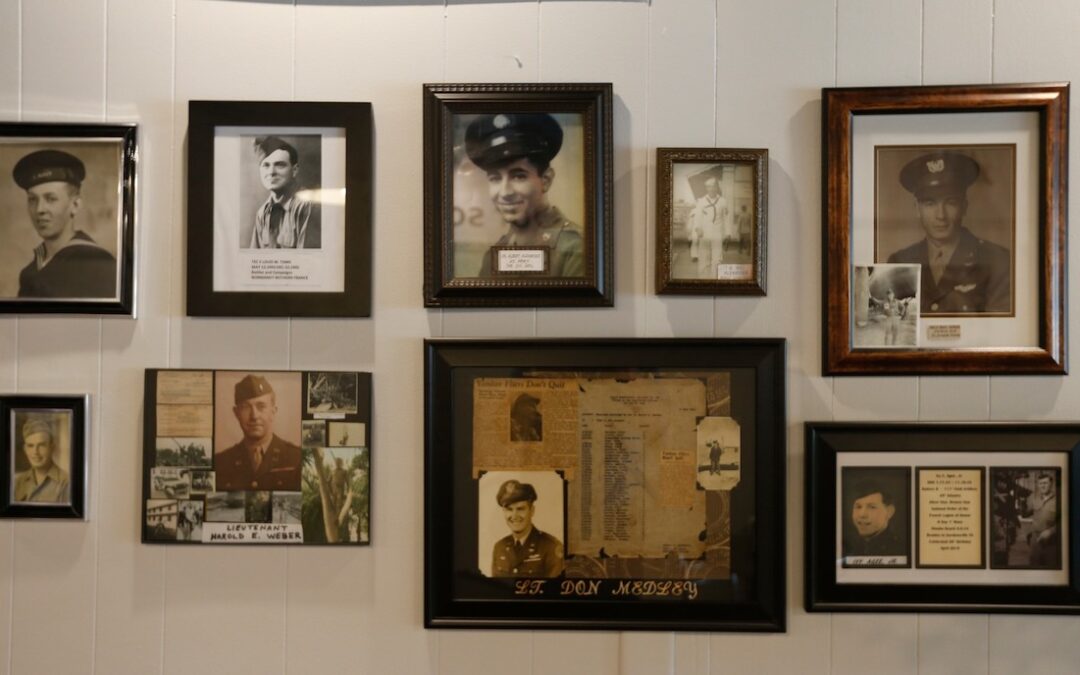
Bedford’s lasting legacy: How a small Virginia town became the heart of D-Day remembrance
In a country filled with grand monuments, a quiet corner of Virginia keeps the human cost of war vividly alive. When many Americans think of D-Day,...
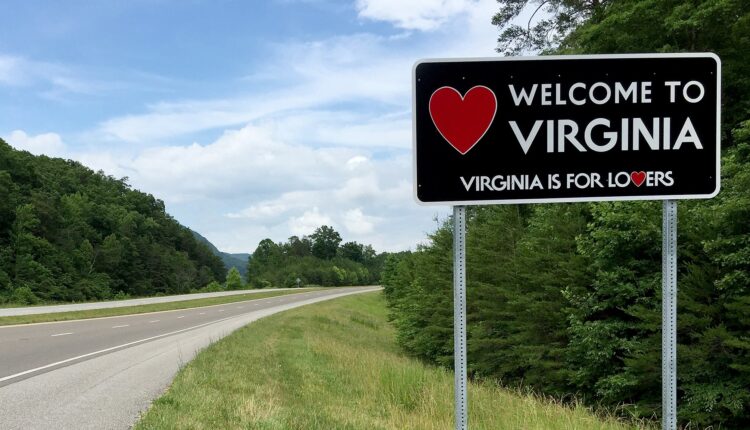
Iconic Virginia sayings & slang, explained
Discover the meaning behind popular Virginia sayings, from "Old Dominion" to "757" and "Hokie." If you’ve spent any time in Virginia, you’ve likely...
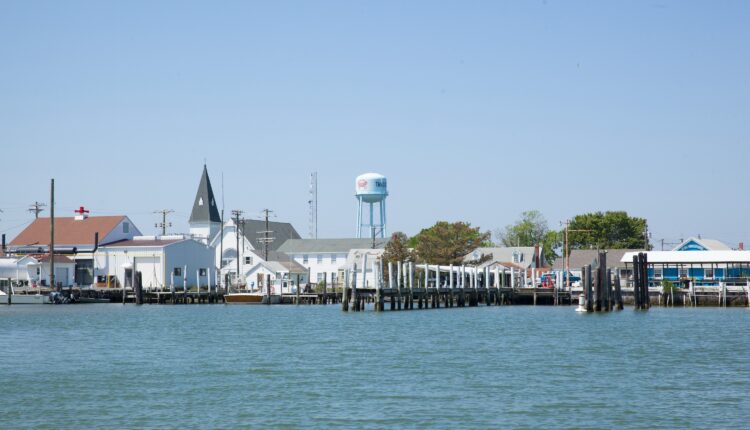
A brief (but far from boring) history of Tangier Island
Discover the rich history of Tangier Island, from Indigenous fishing grounds to a War of 1812 freedom sanctuary. Rising barely above the Chesapeake...

12 key stops on the Underground Railroad in Virginia
Discover key sites in Virginia connected to the Underground Railroad and the courageous stories of freedom seekers and their allies. From the 17th...
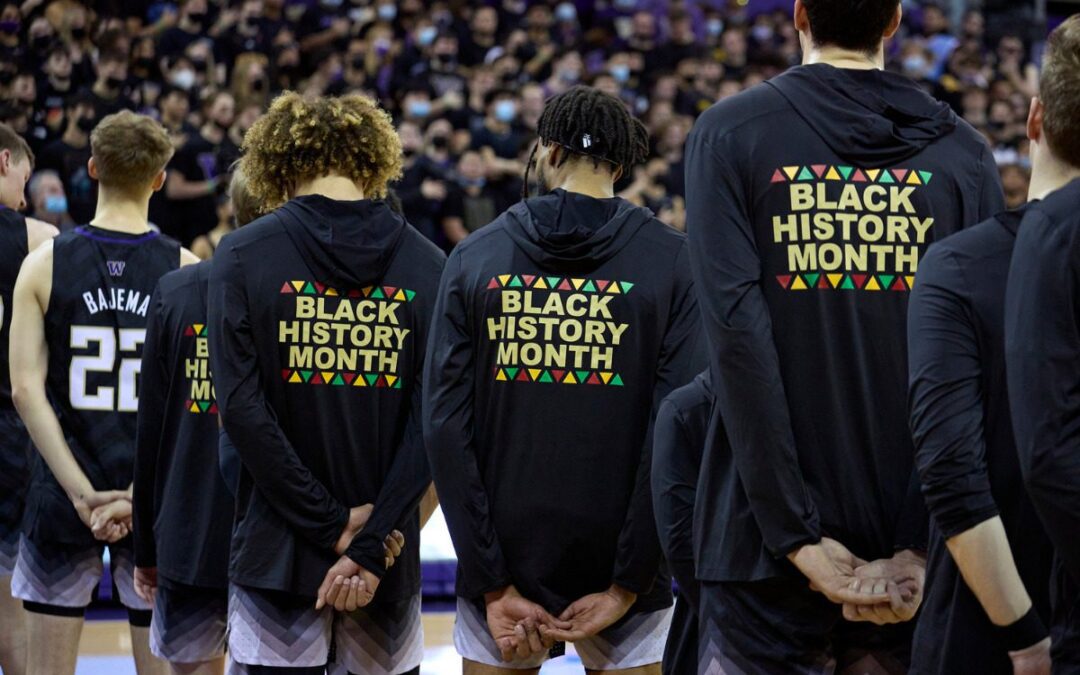
Black History Month explained: Its origins, celebrations and myths
By HAYA PANJWANI Associated Press WASHINGTON (AP) — Beginning Feb. 1, schools, museums and communities across the nation will mark the start of...
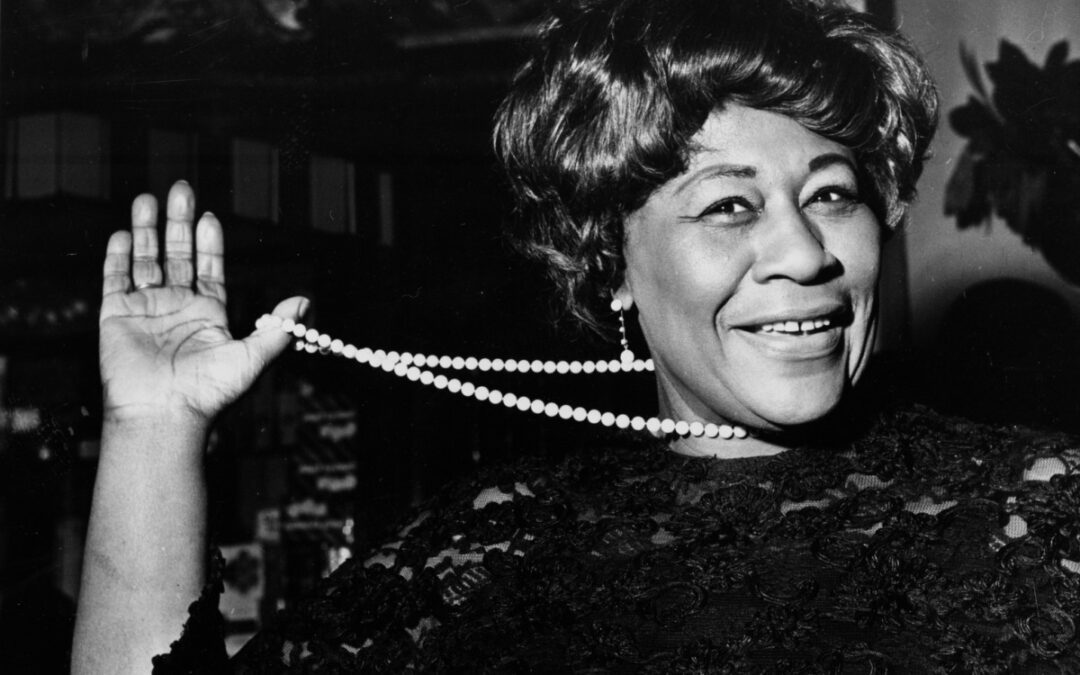
A daily journey through Virginia’s Black history: From Civil Rights to cultural icons
Join us as we take you on a daily journey across Virginia to explore some of the most meaningful ways that Black history shaped the commonwealth....





